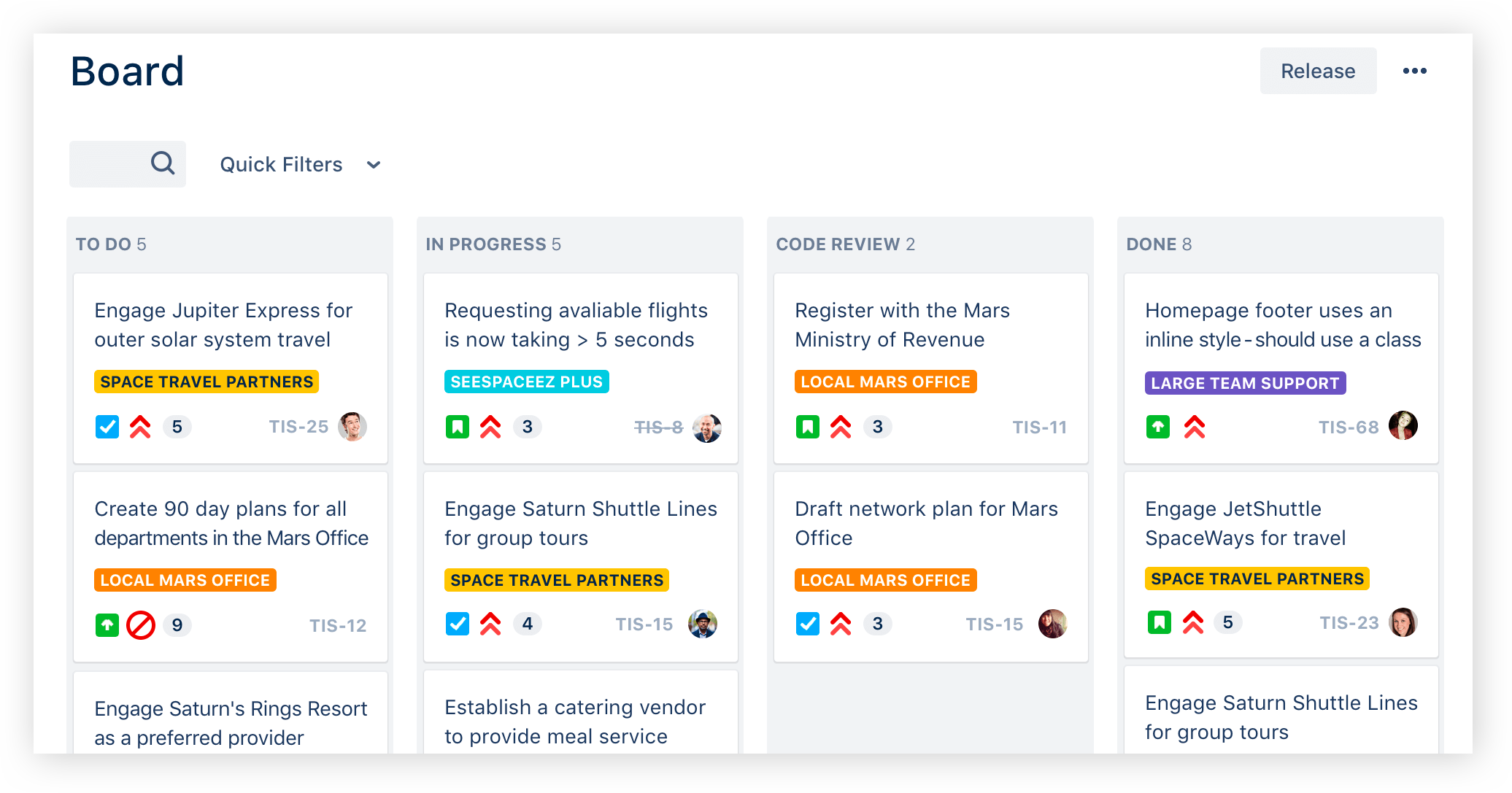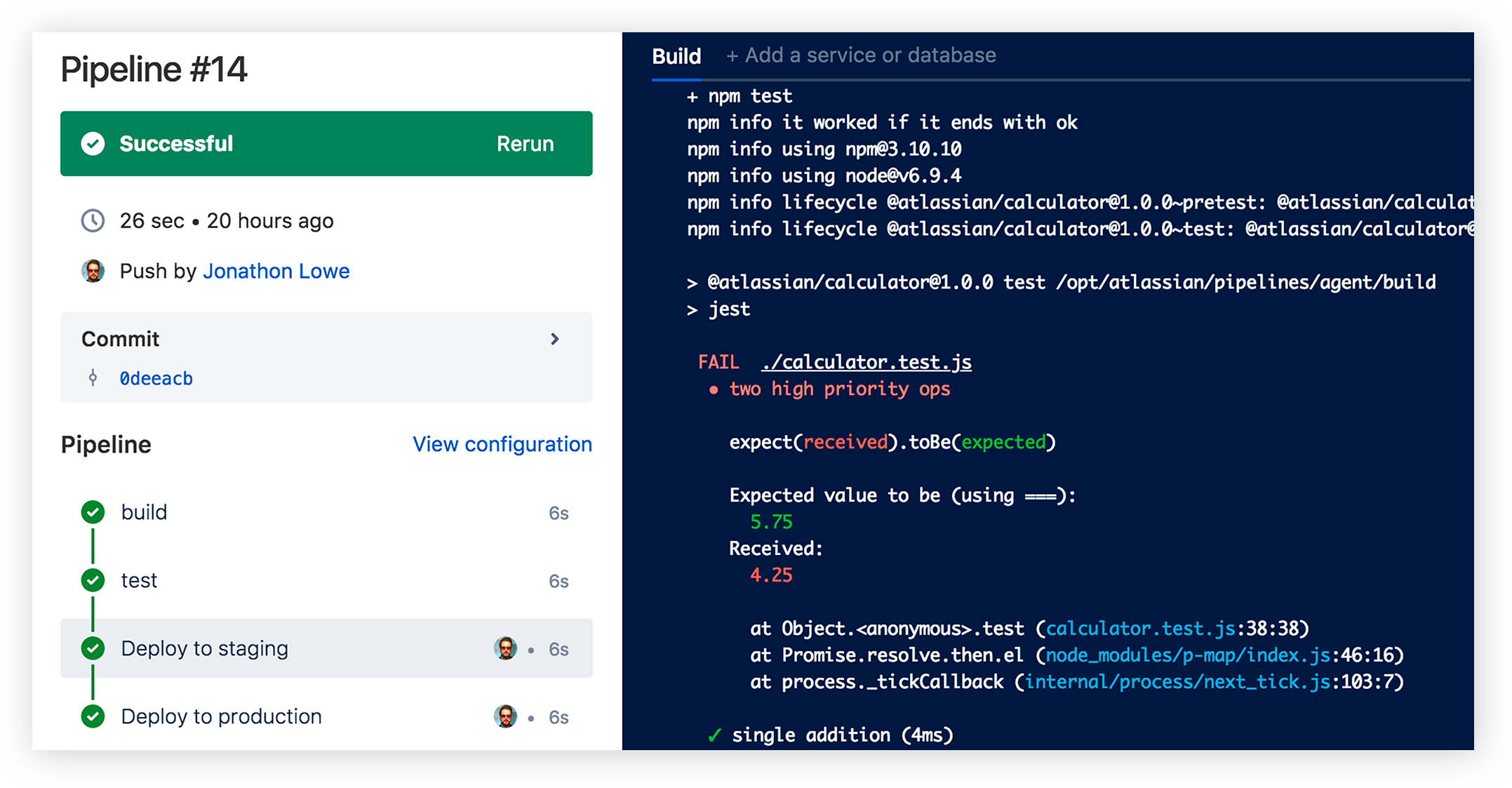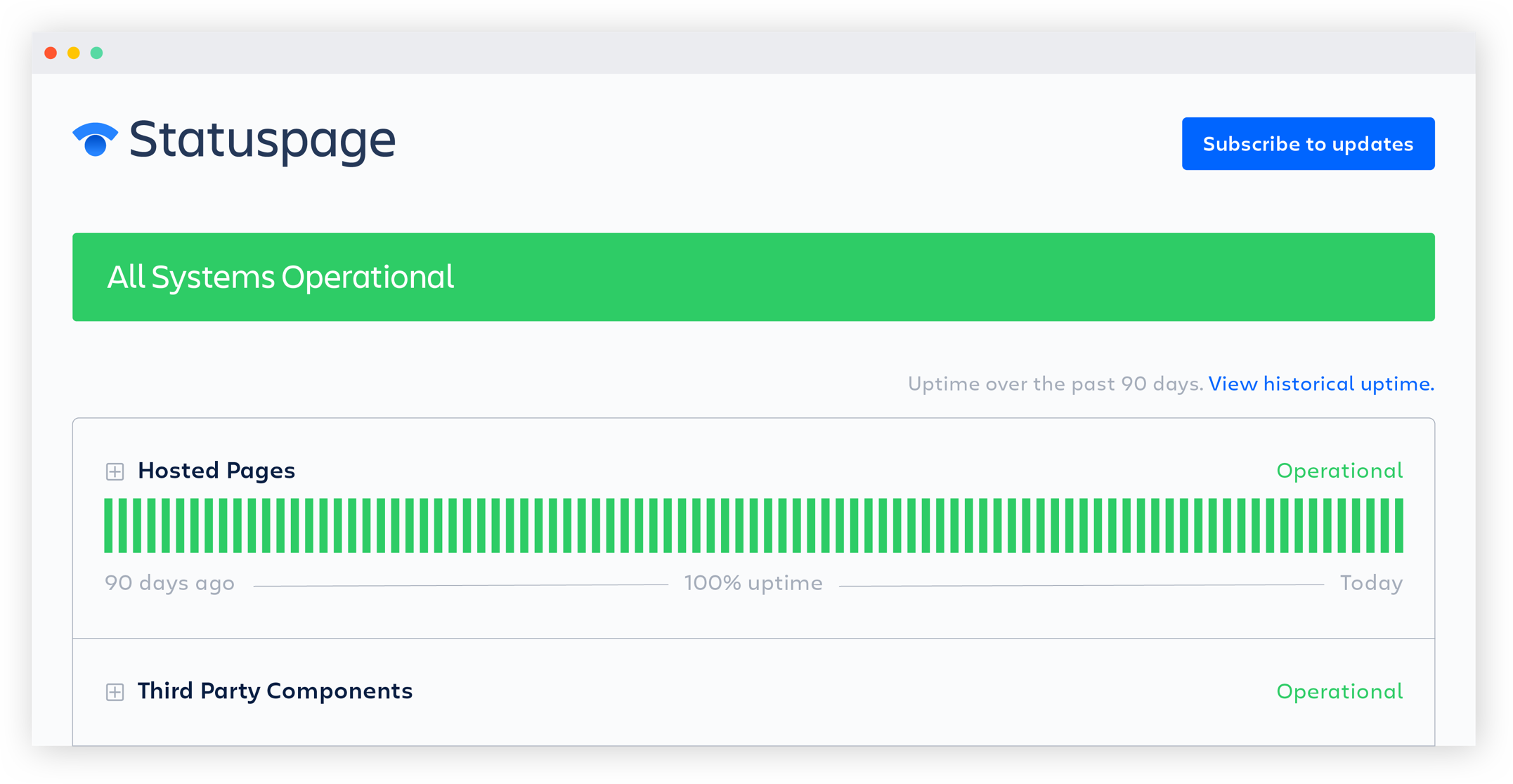Microservices
Rethink the monolith
Empower your team with practices that fit the Microservices scale today
With the right infrastructure and adherence to a few best practices, your team can start moving projects to a Microservices structure today.
Make plans in terms of products
Plan Microservices for products that will have long-running teams with development and operational responsibilities. Jira Software expresses a team's work for a Microservice in a backlog, where it's easy to adjust to new business needs but also to observations from real operation.
Evolve Microservices in tandem with monoliths
Allow developers to pick off pieces of the monolith and retire them with new Microservices, which means empowering teams to create new micro-repositories. The project-level admin features in Jira Software and Bitbucket help maintain governance even while delegating capabilities.
Have an incident communication plan
Have a communication plan and broadcast service and incident status to internal and/or external consumers. Keep Microservice consumers informed with Statuspage, so the Microservice team can focus on solving problems. In Statuspage, each Microservice is modeled as a component.
Enable a Microservice architecture with Jira Software and Bitbucket
Jira Software
Create a Jira project for each Microservice to provide sufficient autonomy for teams to control their own work.


Bitbucket
A Bitbucket repository and deployment pipeline for every Microservice and sufficient autonomy for teams to control their own source code.
Statuspage
Generate automatic notifications about service failure and health checks. The components correspond to Microservices to provide information about what's working and what's not.

Lay the foundation for Microservices
Jira Software and Bitbucket provide teams the tools and structure to create a Microservices architecture. Get started for free today.
Scaling Microservices at Gilt
Gilt transformed its monolithic architecture. Watch how.
5 Things I Wish I'd Known about Microservices
Join an Atlassian developer for a sneak peak into the world of microservices.
Continuous Delivery with Microservices
Learn the guiding principles behind the microservice architecture its benefits and drawbacks.